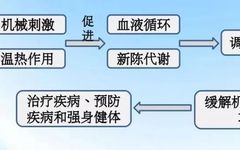
01Definition of Cupping
Cupping therapy is a method that uses cups as tools to create negative pressure inside the cups through burning or suction, allowing the cups to adhere to specific areas on the body surface, such as acupoints or affected areas, to treat diseases through the effects of negative pressure and warmth.
02Effects of Cupping
It dispels wind and dampness, warms the meridians and disperses cold; invigorates blood circulation and alleviates swelling and pain; draws out toxins and pus, promotes new tissue growth; warms yang and benefits qi, supports the body’s vital functions, etc.
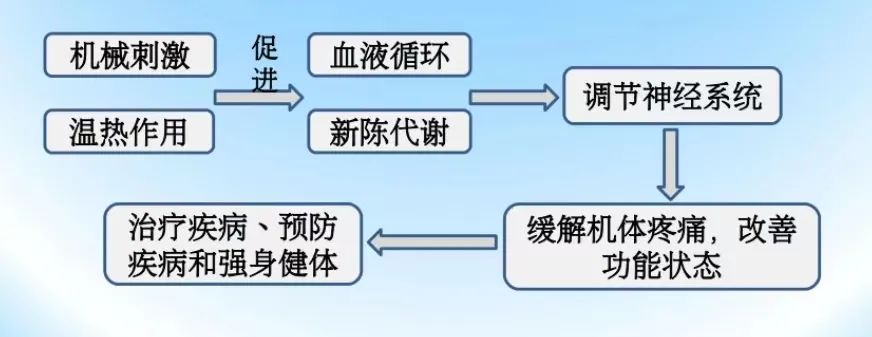
Modern medicine recognizes the effects of negative pressure, warmth, and regulation.
03Types of Cupping Methods
Flash cupping: The cup is applied and then immediately removed, repeated multiple times, suitable for conditions like local skin numbness or functional decline.
Retention cupping: The cup is left on the treatment area for 5-15 minutes; this method can be applied to general diseases with single or multiple cups.
Sliding cupping: A lubricant such as petroleum jelly is applied to the skin or the rim of the cup, the cup is then moved back and forth until the skin becomes red; this method is suitable for larger areas with more muscle.
Bloodletting cupping: Cupping is performed after bloodletting, suitable for heat-related diseases, pain syndromes, blood stasis, erysipelas, sprains, and breast abscesses.
Needle cupping: This method combines acupuncture with cupping, commonly used for rheumatic pain and other conditions.
04Reactions After Cupping
① Normal reactions include the appearance of small purple-red spots or bruises at the suction site, often accompanied by mild heat or pain, commonly referred to as cupping marks or cup prints, which typically disappear within 3-5 days; this is a normal response.
② Pathological reactions: Bright red cupping marks are often seen in yang conditions, excess conditions, or heat conditions. Dark red marks indicate yin conditions, blood stasis, or cold conditions; pink or light purple marks with blisters or moisture indicate excess dampness or cold dampness; yellow moisture indicates damp-heat; red or black blisters indicate chronic dampness with blood stasis; deep purple marks indicate blood stasis; deep purple-black marks that are painful and accompanied by fever indicate heat toxin and stasis; marks without skin color changes and are cool to the touch often indicate deficiency-cold conditions.
Marks that are slightly itchy or show skin lines are often due to wind invasion; pale marks or blisters are often associated with deficiency conditions; deep red blood color indicates heat, while blue indicates cold stasis; unchanged marks suggest a mild condition or nearing recovery.
05Contraindications for Cupping
① High fever, convulsions, and spasm patients.
② Acute severe diseases, chronic systemic weakness diseases, and contact infectious diseases.
③ Patients with bleeding tendencies such as leukemia, thrombocytopenic purpura, hemophilia, etc.
④ Patients with severe emphysema should avoid cupping on the back and chest; heart failure patients; areas over the apex of the heart, major arteries, or varicose veins.
⑤ Patients with fractures before complete healing; acute severe injuries to joints, ligaments, or tendons.
⑥ Areas around the eyes, ears, mouth, and nose; skin with ulcers or ruptures; unexplained lumps in the local area.
⑦ Infants, pregnant women should avoid cupping on the lumbar and abdominal areas, perineum, and breasts.
⑧ Patients with tuberculosis, malignant tumors, or scrofula, and hernia areas.
⑨ Patients who are overly hungry, intoxicated, overfull, or excessively fatigued should avoid cupping; those with mental disorders, during psychotic episodes, agitation, tetanus, rabies, etc., who cannot cooperate should also avoid cupping.
Video reprinted from Bilibili user: Jinshui Shi
ENDConsultation Tips
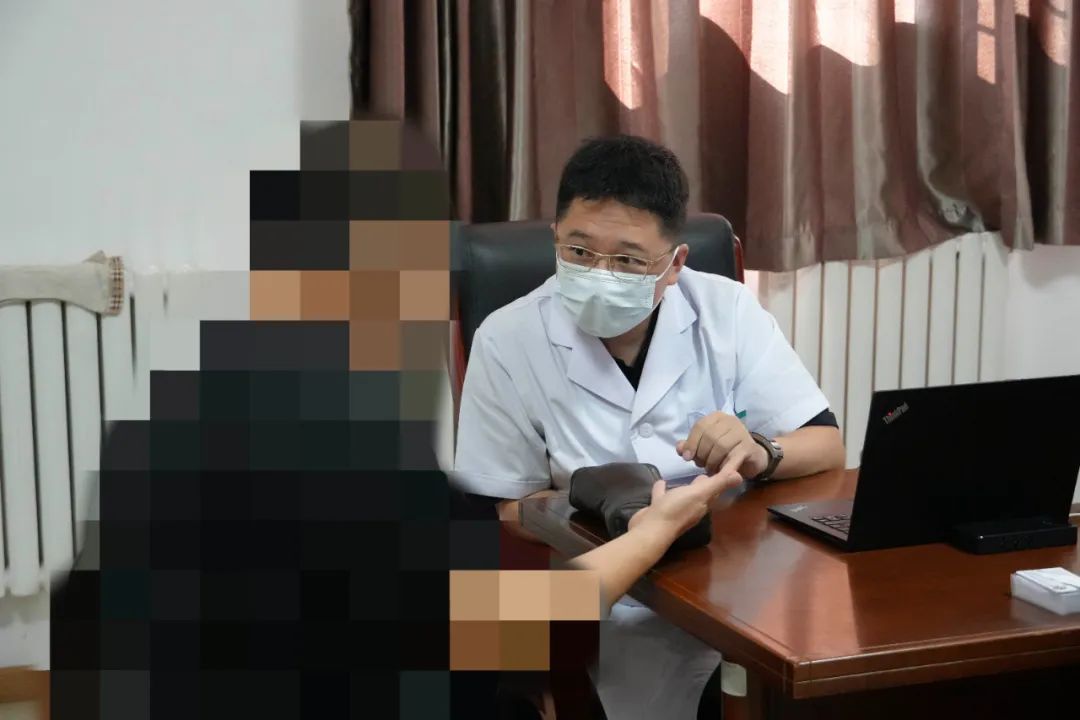
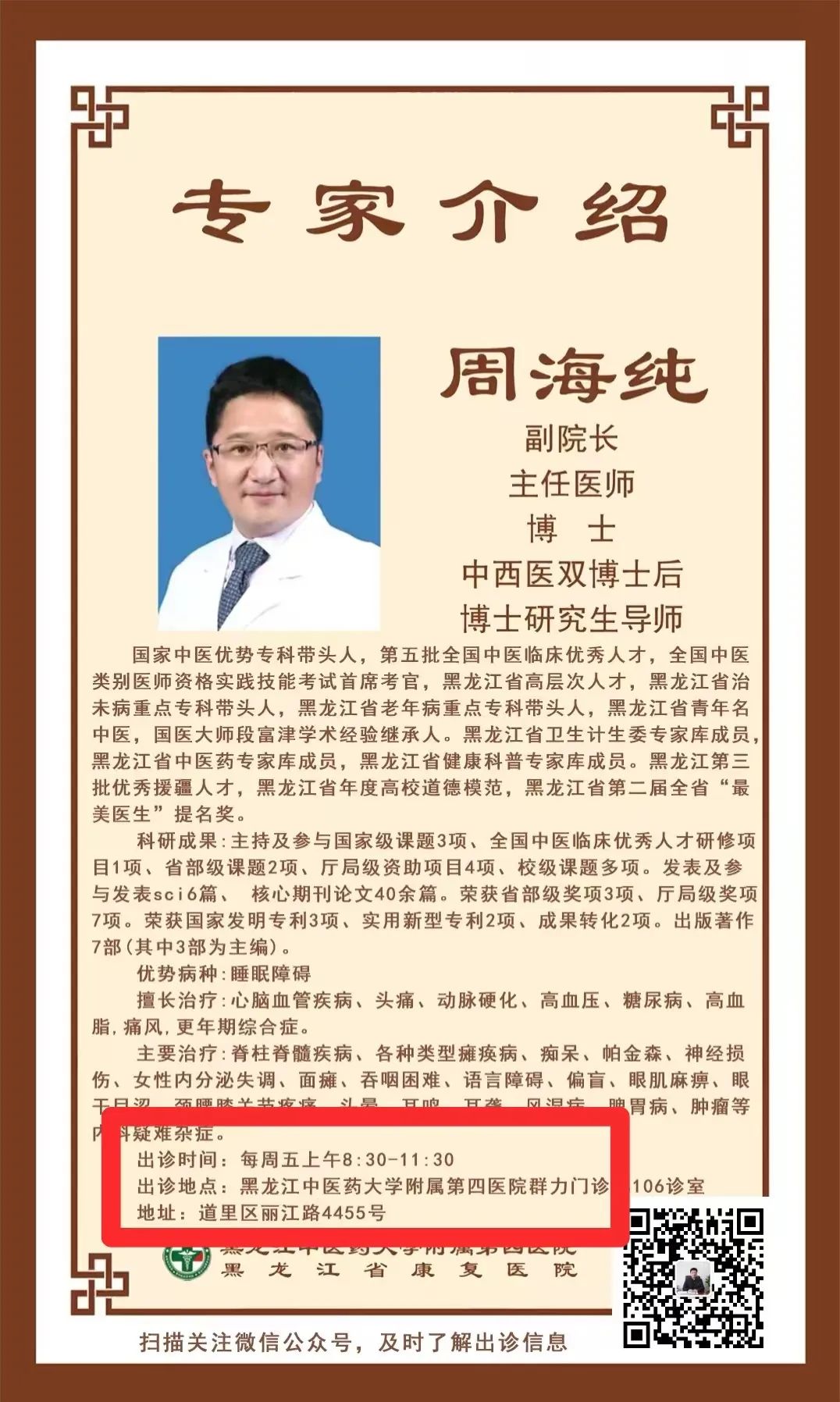
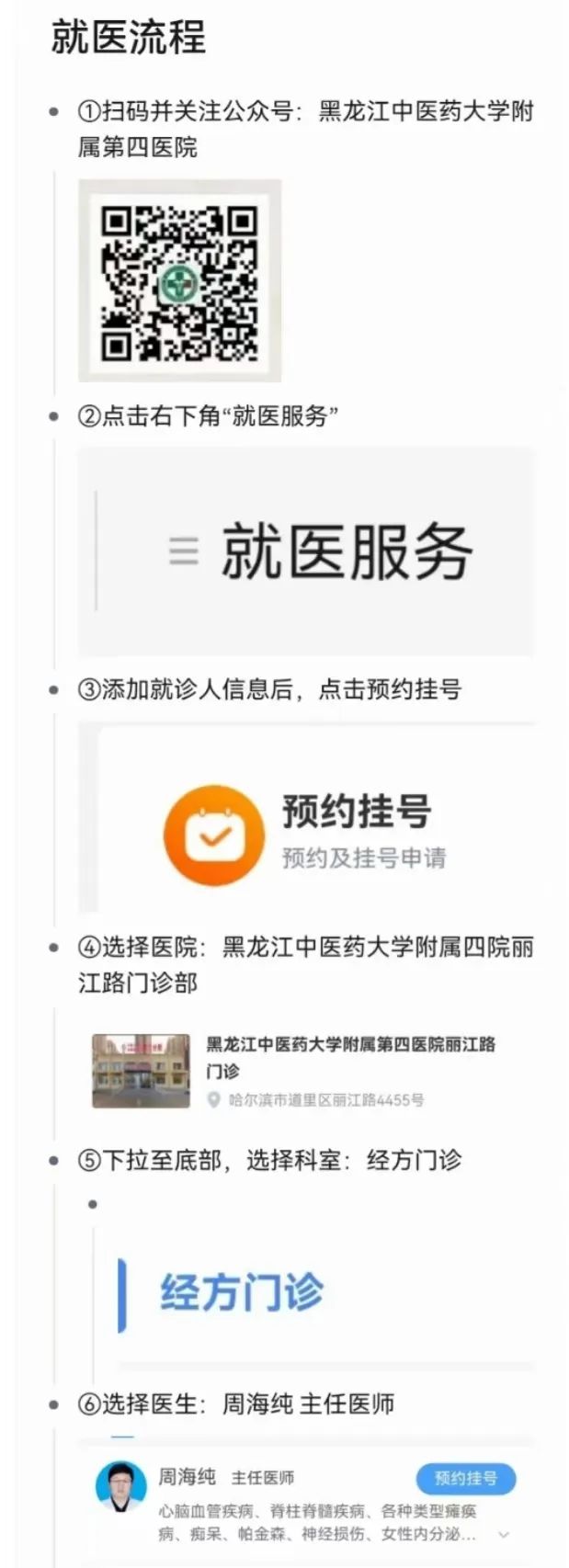
Author: Liu Lin Reviewer: Tian Minghui

